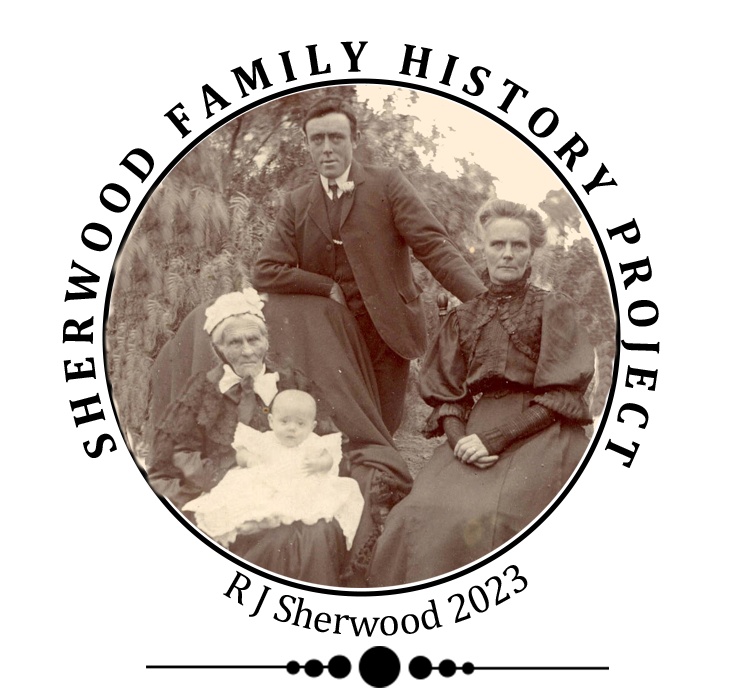The baptisms span a period of 16 years from 1744 to 1760 and were carried out by the vicar Joseph Reed. In these records, the family name is spelt Sherrug.
THE PEOPLE OF WESTON
From the militia ballot lists, we can get some idea of the occupations of many of the men in Weston. Most males in the parish worked as either labourers or servants. For the years 1758 through to 1762 Stephen appears as a labourer in these lists. His two sons John and Stephen Junior appear in subsequent years as servants. The term servant referred to young men who did labouring work on farms. Farmers were well represented in Weston. They provided work for many of the labourers, including no doubt members of our own family. Farmers were quite often required to serve as parish officers. Some were required to act as surveyors of the highway, overseers of the poor and churchwardens.
The office of churchwarden dates to the 12th century. Churchwardens acted as the principal lay officers of the parish. They together with the surveyors of the highways and overseers of the poor were appointed by the vestry, the governing body of the parish. Normally two churchwardens were appointed. Their chief responsibility was levying church and other rates and maintaining accounts books.
Farmers living in the parish at this time were Thomas Fanson (he was appointed a churchwarden in 1759 and 1760) John and William Aburn, John Brown, Robert Bonfield and Nicholas Honour. The parish supported a wide range of occupations. Joseph Adams was a cabinetmaker, and William and Parish Austin, and James Everard were carpenters. So too were three members of the Turner family. They were John Turner Senior and his son John and William Turner. William was in later years described as a poor man with three children. This would have excluded him from service in the militia. John Benn, John and James Cawdell, and John Waldock were cordwainers or shoemakers. Two other shoemakers in the parish were George Peck and John Smith.
William Cannon and Robert and William Hide were tailors. Joseph Cawdell, Underwood Dearman, John Honour and Samuel and William Swaine were blacksmiths. John Fray was a brickmaker and so too were members of the Munt family. They were John and William Munt junior and Samuel Munt and his son Samuel. Samuel Munt had 'But one eye.' The village butchers were William Fray and John Hall. John Hall was nominated as one of the overseers of the poor in 1765. Thomas Grant, William Lagdon, and John Wille were millers. The watchmaker for that period was Joseph Green. In 1775 he was recorded as a 'broken man.' He also appears as a storekeeper. The parish wheelwrights were Thomas Green, Thomas Kiddall and Richard Richardson.
The role of parish constable was an honorary position and as such the incumbent received no financial reward for his considerable efforts. He was not only responsible for law and order in the parish but many other things as well. His responsibilities included compiling militia lists and jurors' lists, dealing with intruders, drunks, and vagabonds, and those who failed to attend church.
The bricklayer William Munt held the position of parish constable from at least 1758 until 1761. He was followed in 1762 by the tailor William Hide. Thomas Green was the parish constable in 1763. He is also recorded in other years as a farmer and wheelwright. The following year 1764, George Munt took over. Prior to his appointment as constable Munt worked as a wool comber. In 1765 William Hide was once again appointed as parish constable. The previous year he worked as the parish clerk.
Nicholas Honour who appears as a farmer is also listed as a grocer and storekeeper. The parish tile maker was Israel Robinson. James Izard worked as a thatcher and in later years was described as a 'poor man with three children.' Most males who appear as 'poor men' in the militia lists came from either the labouring or servant classes. Several men in the parish were listed as lame or infirm.
THE HERTFORDSHIRE MILITIA
